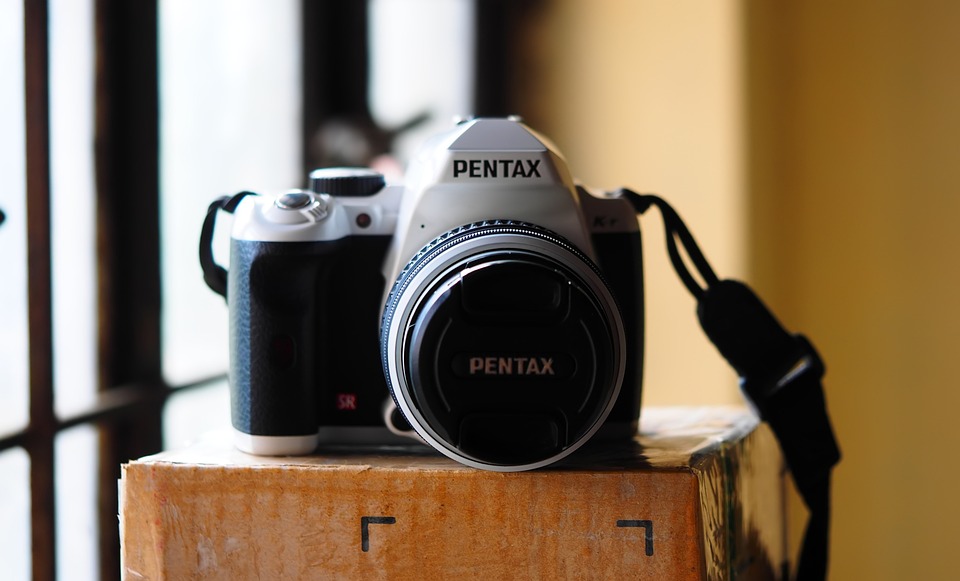In the world of creative content, visual elements play a significant role in delivering the message. With the advent of digital technology, filmmakers, photographers, and content creators have quick access to a vast amount of footage and images. Free stock footage resources have become the go-to source for many creative professionals.
Stock footage refers to previously recorded footage, which is available for licensing to be used in new videos, films, or projects. These materials usually come in different formats, sizes, and types, and the creative potential that stock footage resources offer is unlimited.
With the help of free stock footage, creators can access a vast library of high-quality footage to enhance their project’s production value. The footage can be easily manipulated to tell a story, add context, or amplify the creative message.
Here are some tips on maximizing creative potential with free stock footage resources:
1. Know your project’s goals.
Before you start searching for stock footage, determine the goals and creative direction of your project. Understand the message you want to convey and the emotions you want to evoke. This will help you select relevant footage that best suits your project’s needs.
2. Choose the right platform.
Several websites offer free stock footage, each with its unique style, quality, and licensing terms. Be sure to choose a platform that aligns with your goals and needs. Some popular sites include Pexels, Videvo, and Pixabay.
3. Keep it relevant.
When selecting stock footage, ensure that it aligns with the project’s message and style. Avoid using random footage as this can cause confusion and disrupt the flow of the project. By keeping the footage relevant, the visuals can enhance the message and bring it to life.
4. Combine footage to create new stories.
Stock footage presents the opportunity to create a unique story by combining different clips. For example, filmmakers can use different footage of wildlife and landscapes to create an environmental documentary. Creatives can also edit footage from different genres to create a unique storyline that resonates with their audience.
5. Use transitions to tell a cohesive story.
Stock footage can be easily used to transition from one scene to another. The use of transitions can create a cohesive storyline and enhance the message of the project. Creators can use a variety of transitions, such as wipes, fades, and dissolves, to add visual interest to the project.
6. Add text and graphics to tell a visual story.
Incorporating text and graphics into stock footage can be an effective way to tell a story. Creators can use text to provide context, add titles, subtitles or captions, or enhance the creative messaging of the project. Graphics such as charts, diagrams, timeline, and other visual aids can also add value to the project.
In conclusion, free stock footage resources provide an abundance of creative potential to filmmakers, photographers, and content creators. By selecting relevant footage, combining clips, using transitions, and adding text and graphics, creators can seamlessly elevate their project’s production value and creative messaging. Embrace the possibilities of free stock footage and bring your creative vision to life.
